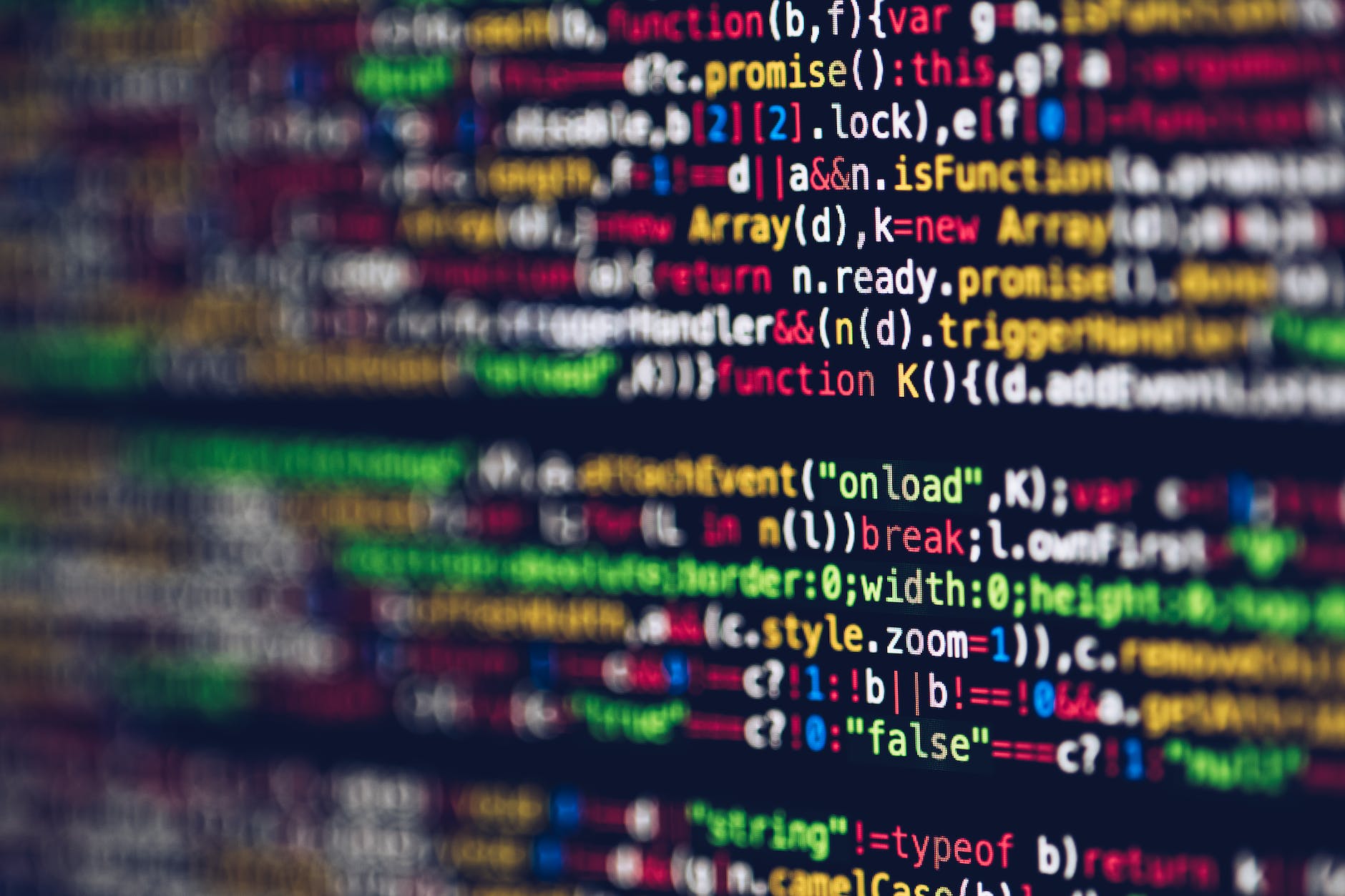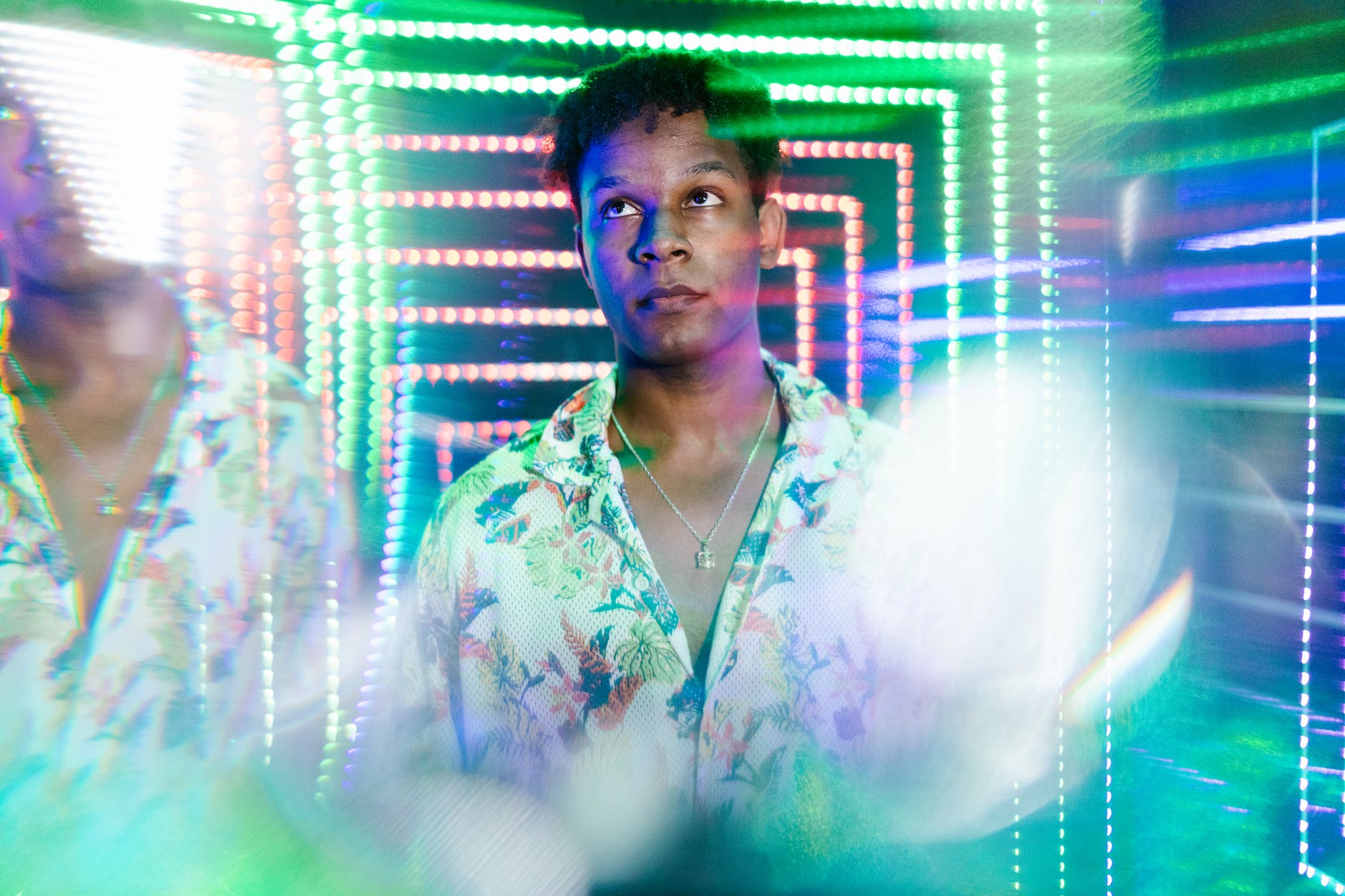
Introduction to Blockchain and Web 3.0
The advent of the Internet has revolutionized the way we live, work, and play. From Web 1.0, which was primarily a one-way communication platform, to Web 2.0, which facilitated interactive social platforms and user-generated content, the Internet has continually evolved. Now, we stand on the brink of yet another paradigm shift: Web 3.0, also known as the semantic or intelligent web. Accompanying this shift is a technology that promises to make the web more transparent, secure, and decentralized: Blockchain. How does blockchain work?
The Blockchain is a decentralized, distributed digital ledger that records transactions across multiple computers so that the record cannot be altered retroactively without the alteration of all subsequent blocks. This technology, often associated with cryptocurrencies like Bitcoin, is now finding applications far beyond finance. It has the potential to disrupt many industries, changing the way we do business, govern, and more.
Web 3.0, on the other hand, is the next generation of the Internet. It aims to create a smarter, more connected world where machines can communicate with each other and with humans, understand context, and make decisions based on accumulated knowledge. It’s an internet that understands and interprets data, giving rise to new possibilities like smart homes, autonomous cars, and personalized content. It’s an internet where data is decentralized, and users have control over their data and privacy.
The Mystery Behind the Technology: How Does Blockchain Work?
So, how does Blockchain work, and why is it so revolutionary? At its core, Blockchain is a chain of blocks, where each block contains a list of transactions. These transactions are stored in a decentralized manner, meaning that no single entity or person has control over the entire chain. Instead, multiple participants, known as nodes, maintain and validate the chain.
When a new transaction occurs, it is grouped with others into a block. This block is then broadcasted to all nodes in the network. Each node then verifies the block’s validity based on predefined rules. Once the majority of nodes have validated the block, it is added to the chain. This process ensures that all transactions are transparent and cannot be tampered with.
This decentralization, transparency, and security make Blockchain a disruptive technology. It allows for trustless transactions, where parties do not need to trust each other or a third party. Instead, they trust the system. This eliminates the need for intermediaries, reduces costs, and increases efficiency.
“Blockchain is like a digital ledger of trust, where each transaction is a testament to the power of decentralization. It’s not just a technology, it’s a revolution in the way we transact, trust, and transform our digital world.”
The Role of Blockchain in Shaping Web 3.0
Blockchain is set to play a crucial role in the development of Web 3.0. Its decentralized nature aligns perfectly with the vision of a decentralized web, where data is not controlled by a few corporations but is instead distributed across the network. This can ensure data privacy and prevent monopolies.
Blockchain’s transparency and security can also help build trust in the web. With data breaches and privacy concerns on the rise, users are becoming increasingly wary of sharing their data online. Blockchain can provide a solution to this by offering a secure and transparent way of storing, sharing, and managing data.
Furthermore, Blockchain can enable true peer-to-peer interactions on the web. Today, most interactions are facilitated by intermediaries, such as social media platforms or e-commerce sites. Blockchain can eliminate the need for these intermediaries, allowing users to interact directly. This can result in lower costs, increased efficiency, and greater control for users.
Benefits of Integrating Blockchain in Web 3.0
Integrating Blockchain into Web 3.0 presents numerous benefits. Firstly, it can enhance data security. As data is stored across a network of computers, it becomes nearly impossible for hackers to compromise the data. Even if a few computers on the network are compromised, the rest of the network remains secure.
Secondly, Blockchain can increase data transparency. All transactions on the Blockchain are visible to all participants, making it difficult to manipulate data without detection. This can build trust among users and increase accountability.
Thirdly, Blockchain can foster a more equitable internet. Today, a few tech giants control the majority of data. Blockchain, with its decentralized nature, can democratize data ownership, giving users control over their data. This can lead to a more equitable distribution of online wealth and influence.
Lastly, Blockchain can enable new business models. For instance, it can facilitate micropayments, allowing users to pay small amounts for digital goods and services. This can lead to the creation of new markets and opportunities.
Blockchain and Web 3.0: Future Perspectives
Looking to the future, Blockchain and Web 3.0 together have the potential to create a more secure, transparent, and equitable digital world. They can revolutionize industries, from finance and healthcare to supply chains and government.

For instance, in finance, Blockchain could eliminate intermediaries, streamline processes, and enhance security. In healthcare, it could secure patient data, increase transparency, and facilitate data sharing for research. In the supply chain, it could increase transparency, reduce fraud, and improve efficiency. In government, it could enhance transparency, reduce corruption, and improve public services.
However, realizing this potential will require overcoming significant challenges. These include technical challenges, such as scalability and interoperability; regulatory challenges, such as data privacy and security regulations; and societal challenges, such as digital literacy and acceptance.
Real-World Examples of Blockchain in Web 3.0
Despite these challenges, there are already real-world examples of Blockchain being used in Web 3.0 contexts. For instance, Decentraland is a virtual reality platform powered by the Ethereum blockchain, where users can create, experience, and monetize content and applications. It represents a new form of decentralized digital ownership and economy.
Another example is Brave, a web browser that uses Blockchain to give users control over their data and to reward them for their attention. It represents a new form of internet advertising and monetization, away from the traditional data-hungry models.
These examples highlight the transformative potential of Blockchain in shaping the future of Web 3.0. They show how Blockchain can enable new forms of digital interaction, ownership, and economy.
Exploring the Synergy Between Web 3.0 and AI: Revolutionizing the Digital Landscape
The Next Frontier: How Web 3.0 is Shaping the Future of the Internet
Challenges of Implementing Blockchain in Web 3.0
Despite the promise of Blockchain, implementing it in Web 3.0 is not without challenges. Firstly, there are technical challenges. Blockchain currently faces issues with scalability, interoperability, and energy efficiency. These issues need to be addressed to enable widespread adoption.
Secondly, there are regulatory challenges. Blockchain operates in a legal grey area, with regulations varying by country and by application. Navigating this regulatory landscape can be complex and challenging.
Thirdly, there are societal challenges. Blockchain represents a new way of doing things, and as with any change, there can be resistance. Educating users about the benefits of Blockchain and addressing their concerns will be key to driving adoption.
Lastly, there are ethical challenges. For instance, while Blockchain can enhance privacy, it can also be used for illicit activities. Balancing these competing considerations will be critical.
How to Prepare for the Transition to Blockchain-Based Web 3.0
So, how can businesses and individuals prepare for the transition to a blockchain-based Web 3.0? Firstly, they can educate themselves about Blockchain and Web 3.0. Understanding the technology and its implications is the first step towards leveraging its benefits.
Secondly, they can experiment with Blockchain. This could involve starting small, with a pilot project or proof of concept. This can provide valuable insights and experience.
Thirdly, they can engage with the blockchain community. This can involve attending conferences, joining forums, or collaborating with blockchain developers. This can provide exposure to new ideas and trends.
Lastly, they can prepare for change. The shift to a blockchain-based Web 3.0 will bring about significant changes, both in terms of technology and business models. Being open to these changes and being prepared to adapt will be key to success.
Blockchain and Web 3.0: A Match Made for the Future?
In conclusion, Blockchain and Web 3.0 together represent a new frontier of the Internet. They promise a more secure, transparent, and equitable digital world. However, realizing this promise will require overcoming significant challenges.
Despite these challenges, the potential of Blockchain and Web 3.0 is undeniable. They can revolutionize industries, create new opportunities, and empower users. As such, they are well worth exploring and investing in.
To those wondering how does Blockchain work in shaping the future of Web 3.0, the answer is clear: by enabling decentralization, security, and transparency; by democratizing data ownership; and by fostering new forms of digital interaction and economy. Indeed, Blockchain and Web 3.0 may well be a match made for the future.
From Traditional to Modern: The Unavoidable Shift to Digital Business Transformation
Navigating the Crypto World: A Comprehensive Comparison of Proof of Stake vs Proof of Work








